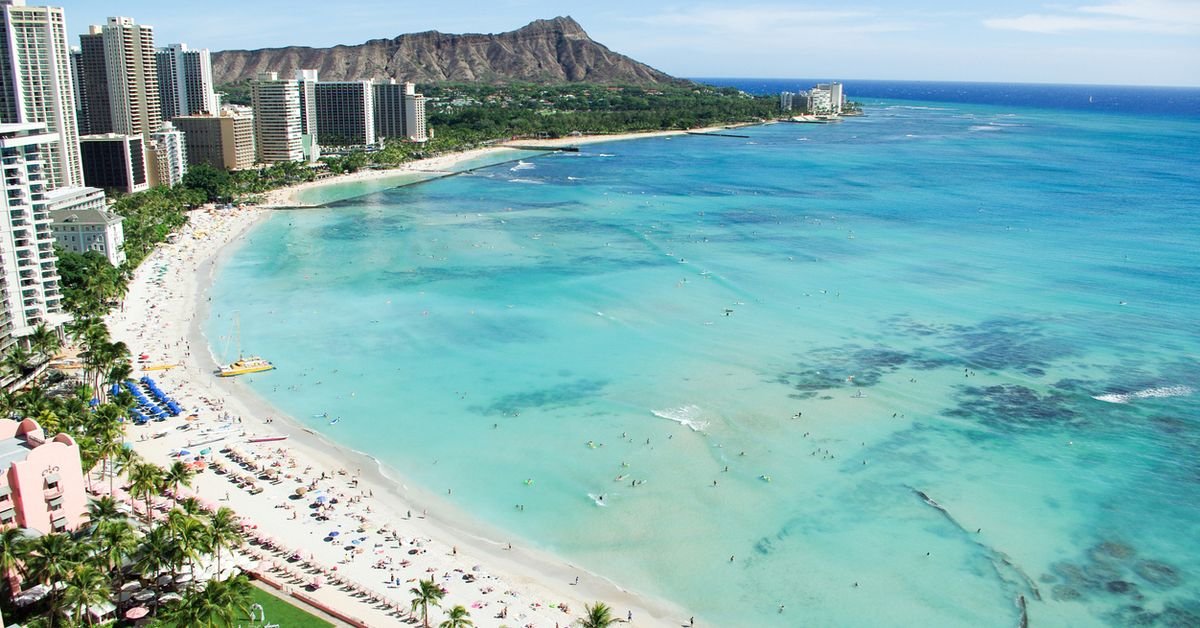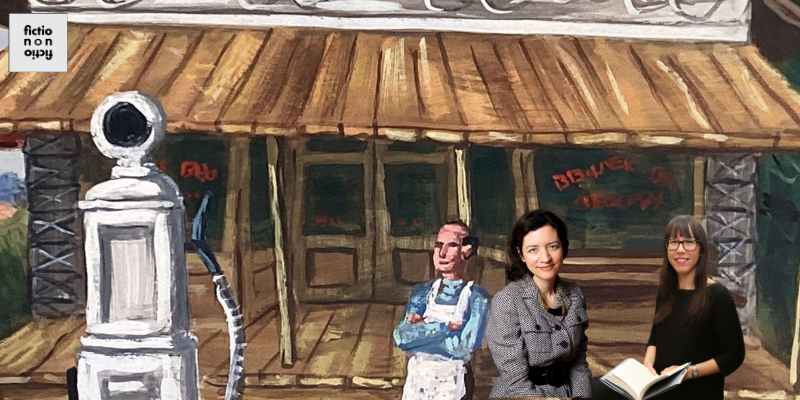Hannah Britt and her family became road trip lovers after an incredible drive across the Channel in a Skoda Kodiaq vRS- here’s how you can do the same
I’m a frequent yet fairly fearful flyer. Despite catching numerous flights every year, still every time the plane takes off I feel a frisson of anxiety. And I am by no means alone. Indeed, according to TUI one in 10 people have aerophobia, the fear of flying. And as a result, interest in road trips is growing at pace. After one particularly bumpy flight earlier this year, I turned to my partner John and put forward the idea of driving to our next family holiday destination.
We have two children, Molly, five, and one-year-old-Poppy, so – perhaps understandably – he was less than impressed with my suggestion. But when Skoda stepped in and promised to loan us the perfect road trip car, he changed his mind. We have an incredibly well-loved (read: ancient) 4×4 you see. So when a shiny blue Kodiaq vRS pulled up to our drive, John rang his hands with glee.
Skoda weren’t lying when they said the Kodiaq was the perfect road trip companion. Its huge boot swallowed up our luggage with ease – a pram, two suitcases, approximately 800 teddies and 1000 nappies. There was room to spare. “For wine!” I said to John excitedly. After all, we were going to France. It would be rude not to.
And so off we set. Our route would take us from our home in Manchester to Devon, where we would stay the night at Boringdon Hall hotel, before catching the ferry from Plymouth to Roscoff. From there we would drive through Brittany to Benodet, a small seaside town in north west France.
As the Skoda purred (because it does sound a lot like a happy lion) its way down south, John at the helm, me as a passenger princess passing out snacks and singing songs on demand, Molly was kept happy by both the car’s backseat phone holder, and also a little snack tray. The car clearly had a child present in the design stages. Genius. Even baby Poppy seemed happy in her new surroundings.
Six hours later, with one stop to change an explosive poo, we arrived at Boringdon and checked in for the night. Perched at the bottom of the country, just above Plymouth, in Plympton, it’s a 16th-century Grade 1 listed manor house, with a stretch of beautiful courtyard family rooms. But the best bit was the lawn to the front of the property, which was laden with games like badminton, boules and croquet. The ideal place for a young family to wile away a day in the sun.
Tearing ourselves away the next day was tough, but necessary, as it was time to catch the ferry. There’s a fair bit of waiting around when it comes to catching the Brittany boat, but I have to say doing so in the Skoda was pretty nice. A big screen at the front doubled up as both an easy-to-use radio, plus poking game for Poppy’s chubby fingers.
Hours later, we descended down the ship’s ramp into France. The Skoda’s sat nav switched seamlessly to telling John off for speeding in kilometers instead of miles. A 90 minute drive later and we made it to our destination: Benodet. Or, more specifically, Le Port de Plaisance, a ‘Five Star Village Plus’ Eurocamp site.
Now I don’t know about you, but I spent a lot of my childhood running around various Eurocamps in France. And when I posted, raving about Eurocamp, on my Instagram, I was inundated with other people reminiscing about them too. We stayed in an Ultimate Plus holiday home, with a covered deck, swinging egg chair, super comfy outdoor set up and hot tub. But there are options on site for all party sizes and budgets.
Once at Eurocamp, there was little reason to get in the car. Indeed, the beach was close by, as was the supermarket, little town and – most importantly – the bakery. But after a day or two we missed the Skoda, so hopped in to find some brocante (antiques) to bring home. After all, we had space in the boot to fill!
And fill it we did, with a painting of a bowl on a table, which now hangs by my desk as I write this. Years ago we went to Bordeaux by air, meaning nothing at the flea market could come home with us. This time it was different: we had a car. A car it turns out that would also welcome two cases of delicious wine ready to be drunk once back home.
“I may never fly again,” I said to John, gleefully stuffing Chablis with wild abandon into the boot. And while that may not be entirely true. Having a car opened up a whole world of possibilities for us as a family who loves to travel. We’d do it again in a heartbeat, and will. Just maybe not in the 4×4.
10 steps to road trip success
Parenting expert Kirsty Ketley says:
1. Plan Ahead – Time journeys around naps, mealtimes, or toilet breaks to reduce stress and disruption to routines.
2. Leave at Nap Time – If you can, start longer journeys when little ones are most likely to sleep.
3. Entertainment is Key – Mix up old-school games like I Spy with sticker books, reusable window stickers, or magnetic boards.
4. Car-eoke – A family singalong is a fun way to pass the miles (and yes, Disney soundtracks count!).
5. Tech Can Help – Tablets on headrests with headphones make for a peaceful drive when everyone needs downtime – don’t feel bad or guilty for using them, but be clear about the boundaries on using them and use them more as a last resort, rather than the default.
6. The Quiet Game – When things get noisy, challenge the kids to see who can stay quiet the longest.
7. Snacks & Drinks – Pack snack boxes for older children and keep drinks in the front with you to avoid unnecessary stops for the loo when they have necked a whole bottle of water! Be very mindful of giving younger children snacks if an adult is not sitting in the back with them, as it is a choking hazard!
8. Safety First – Use child locks, remind kids about seatbelt safety, and follow The Lullaby Trust advice on babies sleeping in car seats.
9. Be Prepared – Keep wipes, tissues, and the nappy bag within easy reach. Blankets and comfy clothing are also essential.
10. Break It Up – If traffic hits or the car gets tense, don’t be afraid to stop somewhere safe, stretch legs, and reset before heading off again.
*Seven nights at Eurocamp, Le Port de Plaisance, from Saturday 23rd May 2026 (May half term) staying in a Classic two bedroom holiday home that sleeps up to five guests, starts from £181.02 per party
*Rooms at Boringdon Hall start from £154 in low season

























You must be logged in to post a comment Login